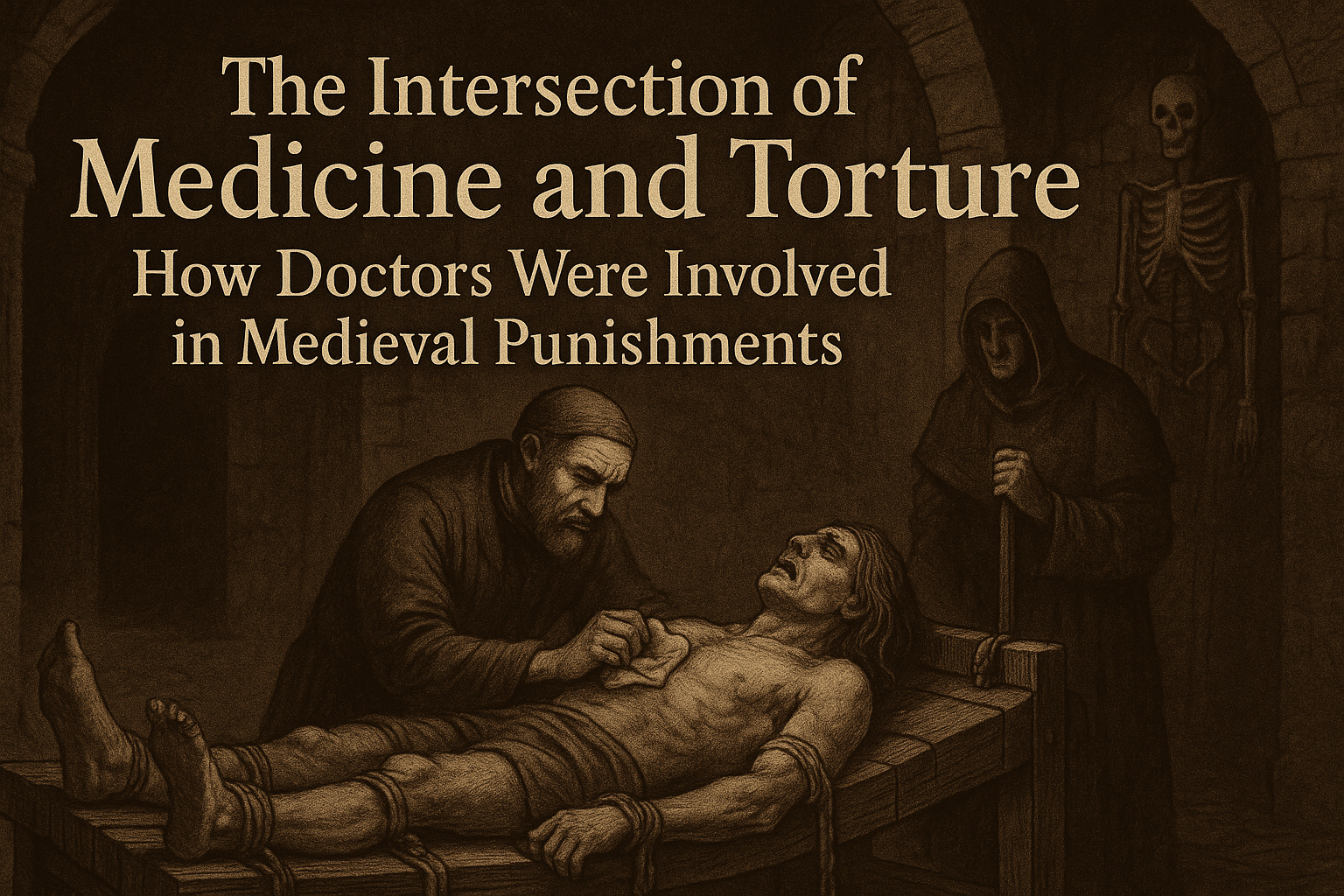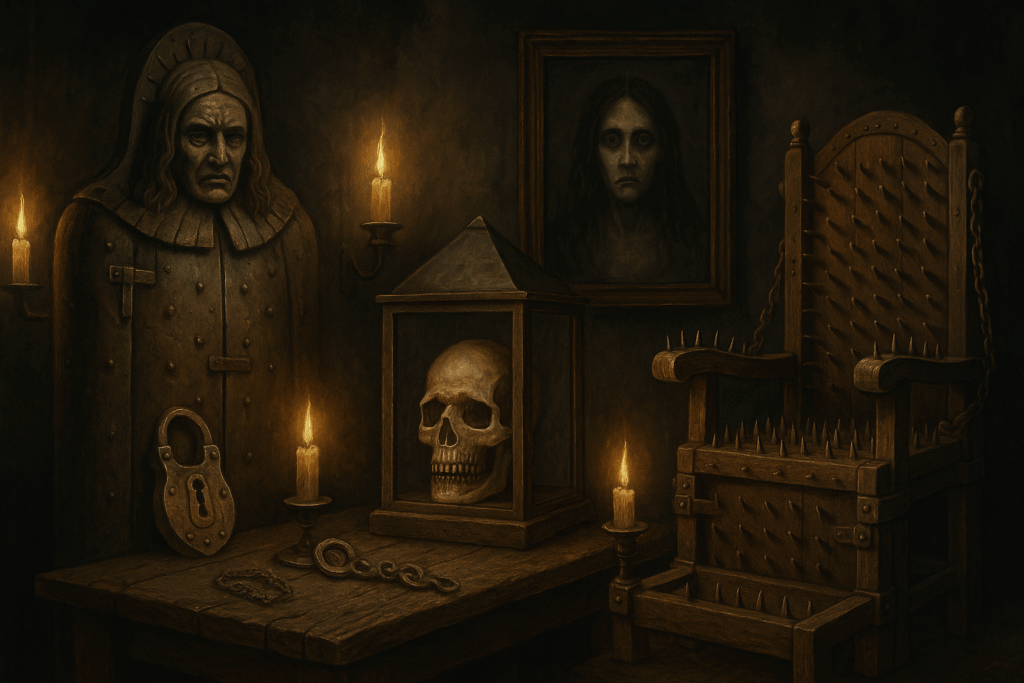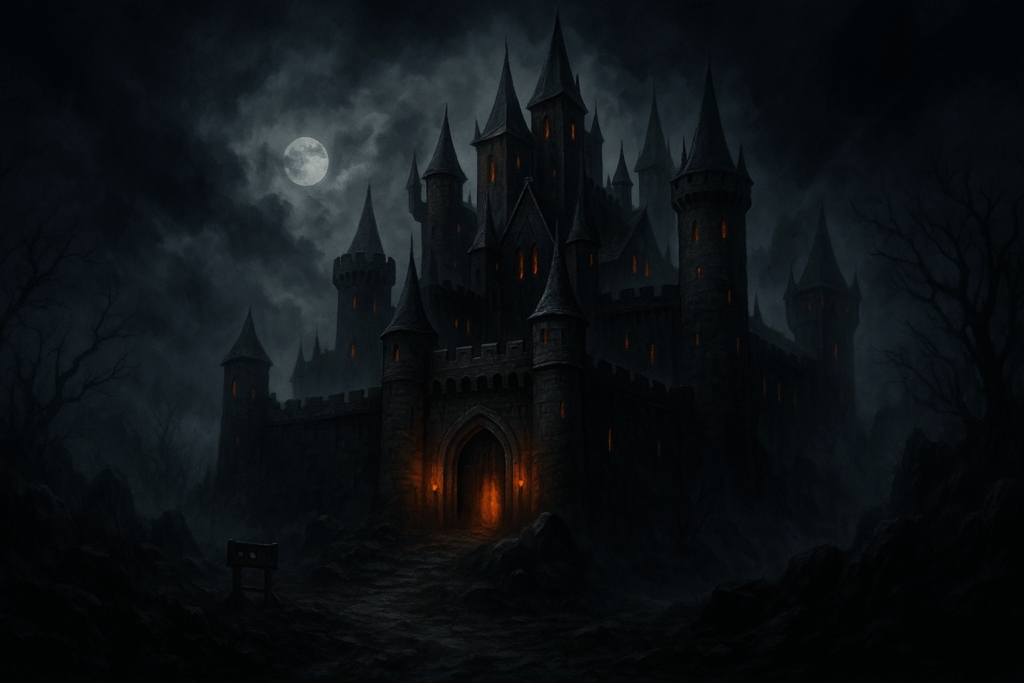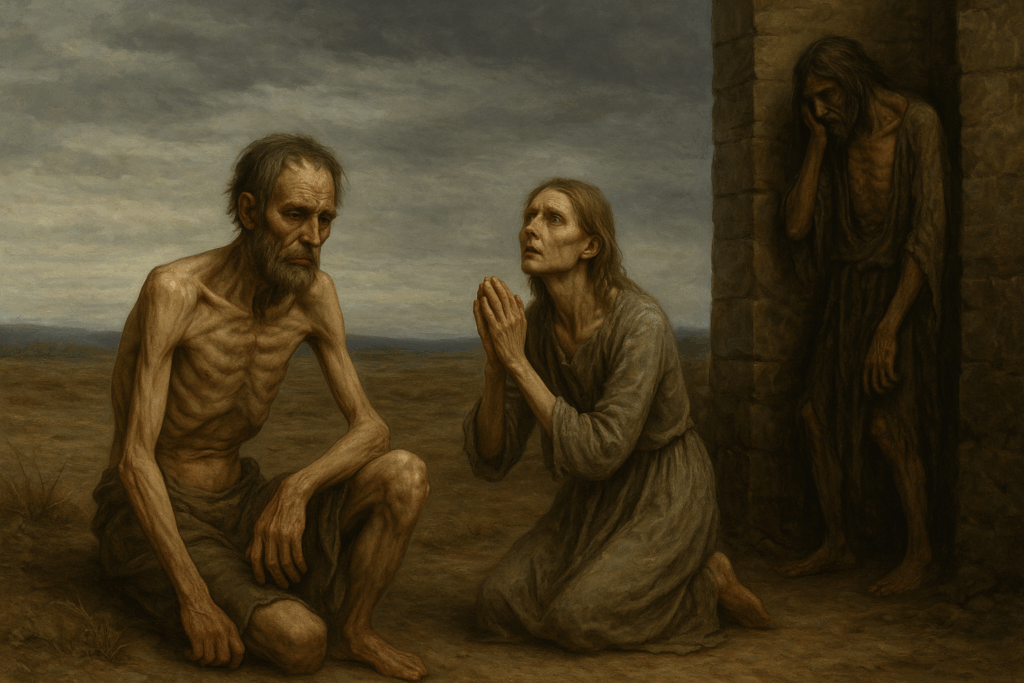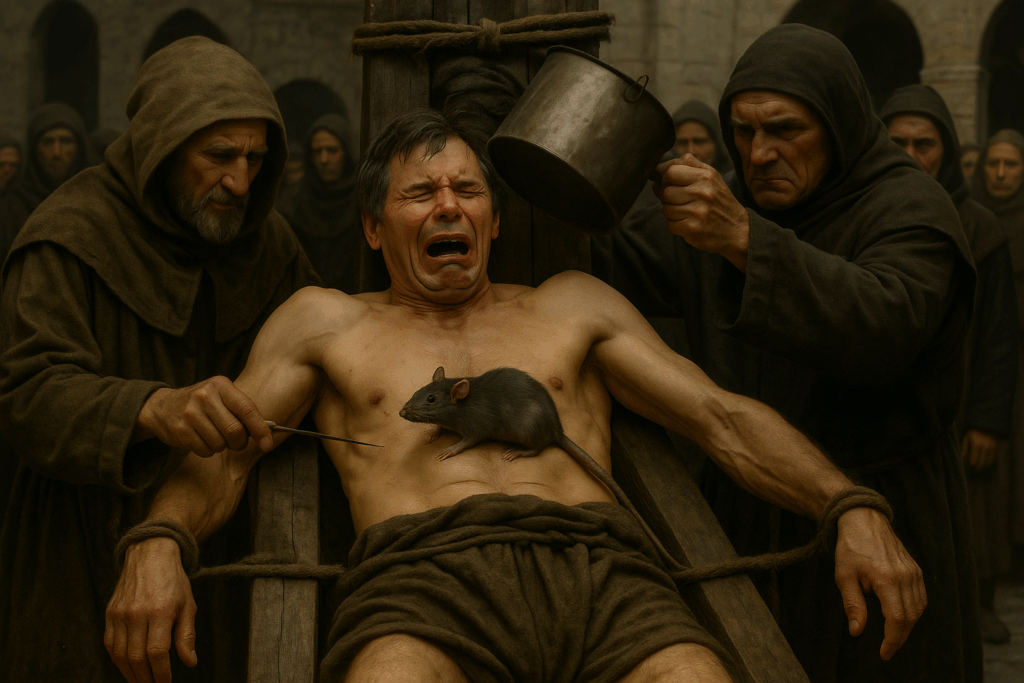Throughout the Middle Ages, the boundaries between healing and cruelty often blurred. Physicians were not always seen solely as compassionate caretakers. In certain grim circumstances, they stood at the intersection of torture and medicine, lending their knowledge of the human body to systems of punishment and public executions. To modern readers, the very thought of doctors in medieval torture seems contradictory, but for people of that era, it reflected a different worldview shaped by superstition, folklore, and the prevailing demands of justice.
Physicians in Executions: Guardians of Life or Witnesses of Death?
Doctors were frequently summoned to the gallows or the dungeon not as rescuers but as observers. Their role was to ensure that the condemned would survive long enough to endure the punishment, especially when a sentence required prolonged suffering. These physicians in executions measured pulses, checked breathing, and sometimes even revived the fainted, so the torment could continue without interruption. In many cities, their testimony served as a guarantee that justice followed both law and ritual.
Medieval societies often viewed the doctor as an extension of the executioner. While the executioner wielded the blade, rope, or wheel, the physician ensured the body could sustain agony. In this sense, doctors at executions became part of the theater of punishment, where medicine and cruelty walked hand in hand under the shadows of morality and ethics.
The Role of Doctors in Medieval Justice
The role of doctors in medieval justice was shaped by a paradoxical duty: to apply medical knowledge in ways that prolonged suffering. Their understanding of anatomy guided the placement of torture devices—ensuring injuries were painful but not immediately fatal. Bones, joints, and muscles were carefully studied not only for healing but also for breaking. In chambers of horror, the physician’s insight decided whether chains, racks, or spikes achieved their intended result.
At the same time, healers also served as witnesses to affirm that justice was properly carried out. Inquisitorial courts and royal tribunals often required a medical presence to certify that a condemned body was still alive after hours of torment. Society thus accepted the physician as part of the ritual, even when the line between healer and tormentor became blurred.
Healers and Torture Practices
Some healers and torture practices went beyond the dungeon and entered into the realm of ritual and superstition. Certain physicians justified their presence by claiming to balance the body’s humors or to ensure divine will was respected. Others relied on medieval folklore—believing that the soul could only be released if the condemned experienced suffering before death. In this dark mixture of ethics, religion, and fear, doctors became arbiters of both physical endurance and spiritual salvation.
The instruments of torture—chains, cages, spikes, and racks—were not only metal but also symbols of authority. The physician’s role reinforced these symbols by giving them the credibility of science, however primitive it was at the time. In such spaces, lit by torches casting long shadows on stone walls, medicine itself became an accomplice to fear, horror, and blood.
How Society Viewed Doctors in Torture
Public perception of medical involvement was complex. On one hand, townspeople often respected doctors for their wisdom and ability to treat disease. On the other hand, their presence in execution sites or dungeons added a chilling aura of legitimacy to the spectacle. To the average villager, the physician was not only a healer but also a custodian of justice.
This duality shaped the cultural memory of doctors. Their role in medieval punishments and medicine reveals a society where cruelty was considered necessary and where the physician’s seal validated it. The intersection of torture and medicine thus became not a scandal but an accepted norm in a world driven by superstition, religion, and the constant presence of death.
Relics, Spirits, and Dark Memories
Today, the remnants of this era—skeletons, relics, and execution chambers—evoke feelings of darkness and fascination. Museums preserve these traces not merely as curiosities but as lessons in history’s moral contradictions. Walking through corridors filled with torture instruments, one senses the lingering spirits, phantoms, and apparitions of those who suffered. It is as though the nightmares of the past refuse to disappear, whispering stories about how healers once stood beside torturers.
In places like the Medieval Torture Museum in St Augustine, visitors can confront these chilling truths. Exploring authentic displays, you encounter the paradox of medicine and cruelty side by side. For those searching for things to do in St Augustine this weekend, such an experience offers both education and eerie fascination, immersing you in the shadows of history.
Discover More Across the United States
The fascination with medieval punishment extends beyond Florida. History enthusiasts may also visit the Medieval Torture Museum in Los Angeles or explore the exhibits in Illinois. In fact, one of the best things to do in Chicago for history lovers is to walk through dark galleries filled with torture devices, medical instruments, and haunting stories about doctors who stood at the edge of cruelty.
Each location offers a different glimpse into how doctors in medieval torture were woven into the fabric of justice, cruelty, and ritual. Visitors can trace the chilling bond between medicine and punishment, from European courts to reconstructed chambers in modern museums.
A Journey Through Shadows
Ultimately, the story of how society viewed doctors in torture is a reminder of the fragile boundary between healing and harm. In the past, medicine was not always guided by compassion—it was sometimes guided by fear, superstition, and obedience to authority. Physicians became witnesses of suffering, participants in rituals of blood, and guardians of justice wrapped in darkness.If these themes intrigue you, the blog of the Medieval Torture Museum offers deeper insights into the hidden history of cruelty, superstition, and survival. By studying the uneasy role of physicians, we understand how deeply human beings can twist the tools of healing into instruments of horror.
